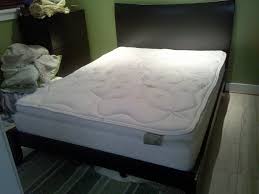The recovery process after a back surgery that removes or fuses bone structures in the spine usually takes a few weeks and involves managing a fair amount of post-operative pain. At first, just moving around in bed can cause a lot of pain. As lumbar laminectomy recovery Baltimore proceeds, simple tasks will become easier to perform without a prohibitive amount of pain and more difficult tasks, for example, getting in and out of a vehicle, will continue to need perseverance and stamina.
Managing Pain Effectively in Lumbar Laminectomy Recovery
While contemporary surgical techniques have made the recovery process more comfortable and manageable, some pain and fatigue are to be expected when getting over a back surgery that alters the bone structures in the spine. Anyone who has experienced an extended bout of acute pain knows that this part of recovery is no picnic. It makes patients unhappy and irritable, and may aggravate co-existing conditions like depression. People who are in pain often have very little appetite and fail to consume necessary nutrients to support healing.
These ideas often help manage pain during lumbar laminectomy recovery Baltimore MD:
- Discuss pain management with the surgical and treatment team before the surgery occurs. If the physician or other team members seem reluctant to provide adequate pain medication after surgery, find another team. While addiction to strong pain medication has become a major issue in medical practice, it is not a reason to withhold appropriate pain management to surgical patients in normal circumstances.
- Use pain management medications to "stay ahead of the pain". In other words, it is necessary to take medication before pain becomes out of control and unbearable. When one dose of medication seems to be wearing off, go ahead and take another one, within the limits of the prescribing order. Take pain medication before physical therapy or other demanding activities, so as not to derail or delay the recovery process.
- Along with pain, those in recovery from back surgery will experience fatigue. The fatigue indicates that the body is using energy to heal, and to deal with increased levels of pain. While activity and exercise are important to recovery, so is rest. There is no shame in taking a rest when the fatigue is too much to work through. If this pain and fatigue persists, contact your surgeon or medical team, as they will be able to help guide your recovery further.






